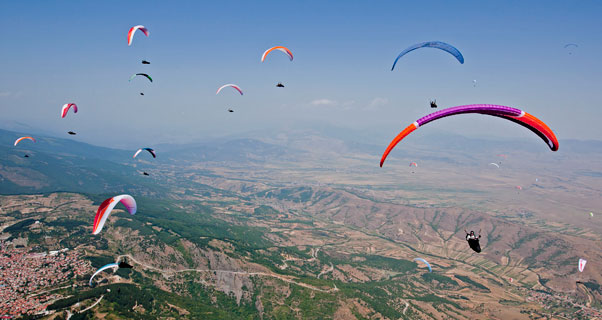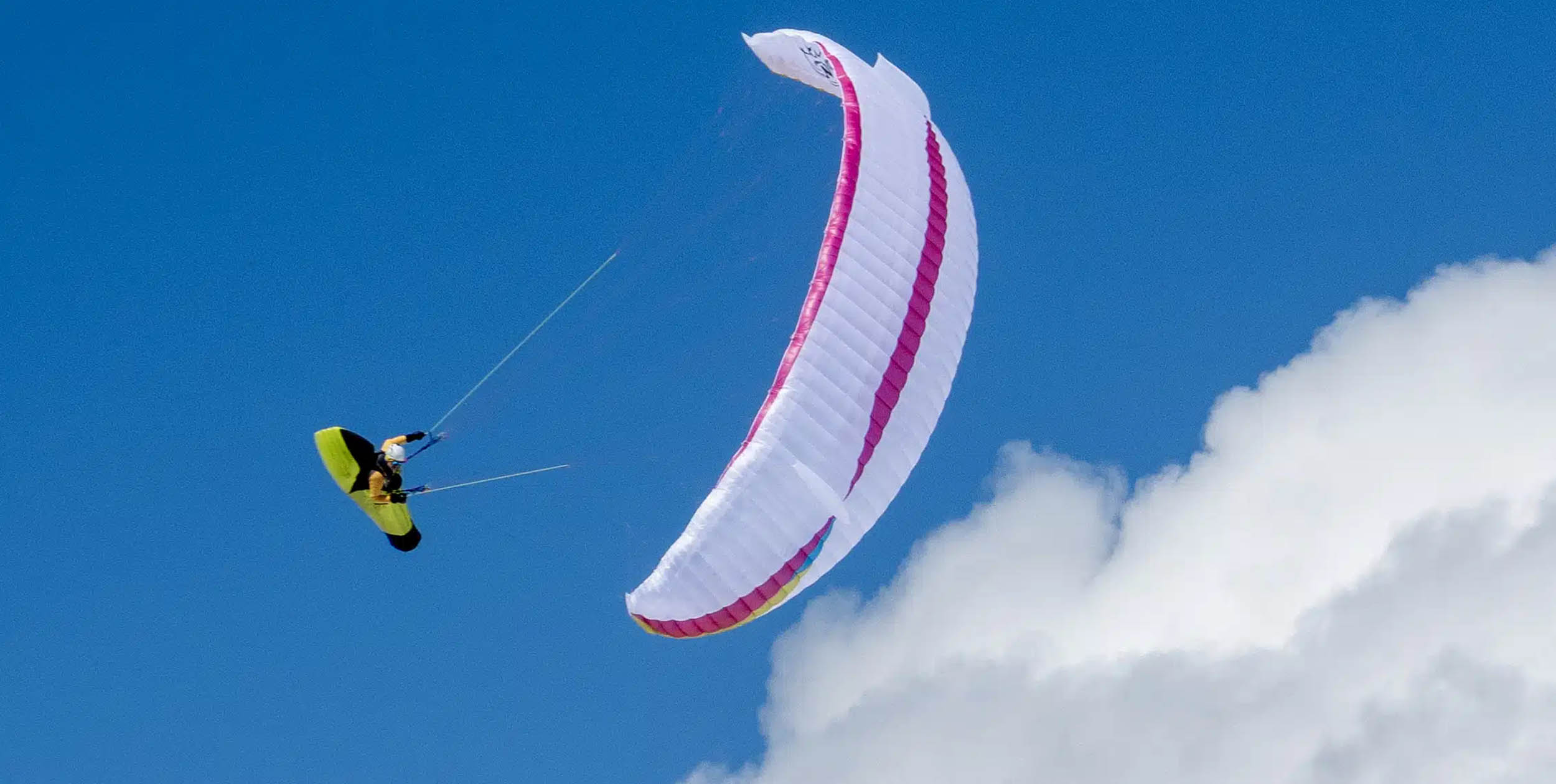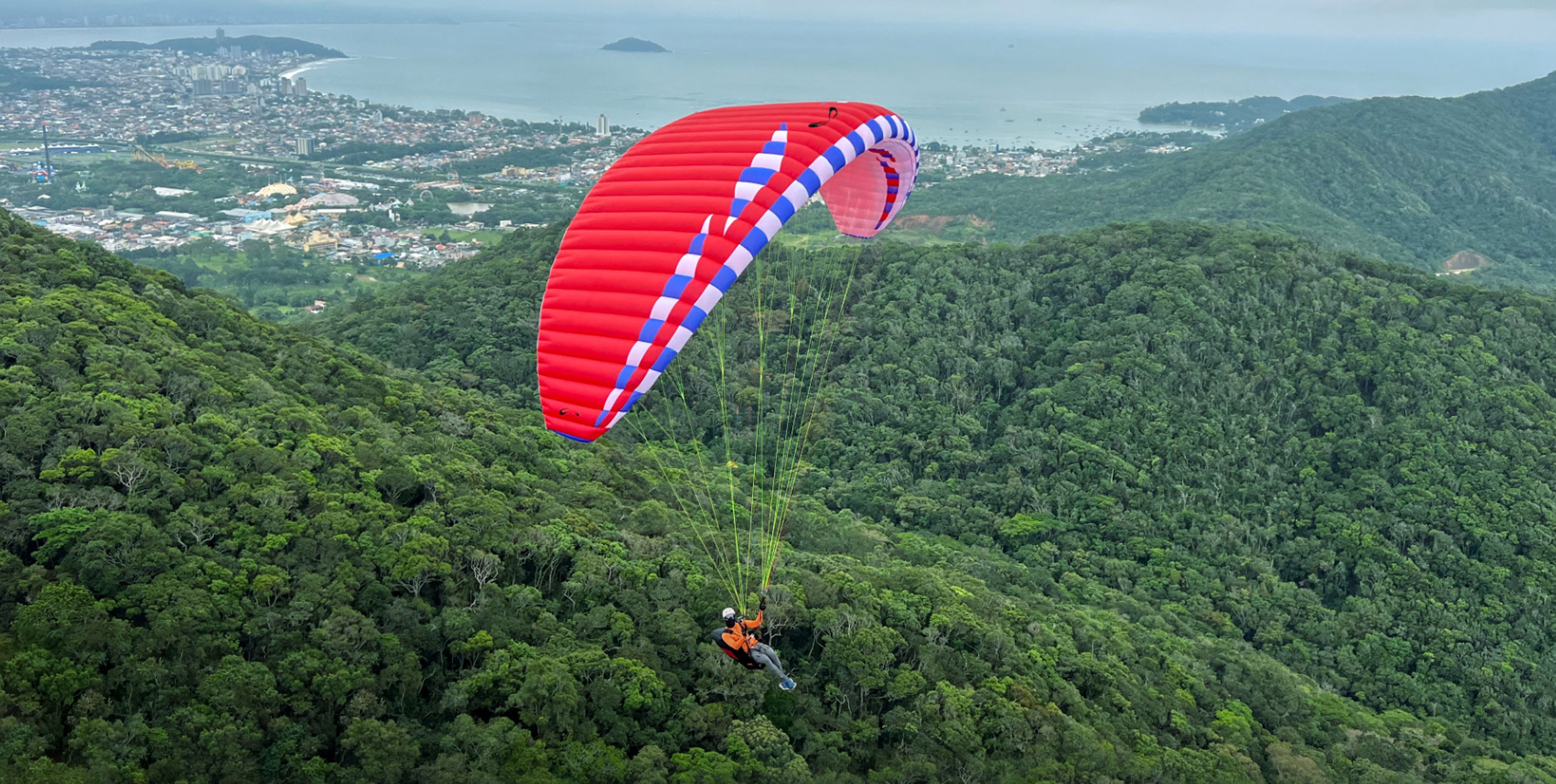
If you don't want to read all this dry stuff about testing, just look at this picture instead. Action from the Paragliding World Cup in Krushevo, Macedonia. Photo: Martin Scheel
A change in how paragliders are tested could be on the cards, according to a draft of the latest EN test, which is currently being revised.
As well as slight modifications to the tolerance of harness widths in testing, and an update to testing how gliders exit spiral dives, there is a proposal to ban folding lines from being used in testing EN A, EN B and EN C gliders.
The proposal also suggests that if folding lines are used to test a glider, then that glider will be automatically classified EN D.
Understood by many pilots as a ranking system for gliders, where EN A is for beginners and EN D is for skilled pilots, the EN system is a ‘European Norm’ developed by the European Committee for Standardization (CEN) and is subject to regular revisions every five years or so.
The latest revision is currently being discussed by a CEN working group, with comments due back “no later than August 17th”. The final document will then be submitted to a CEN technical committee for a vote at an as yet unspecified date later this year.
Members of the working group include representatives from European national free flight associations and paragliding manufacturers.
The issue of folding lines being used in testing has come to the fore in the past two years as A-lines on many gliders have been increasingly set back.
This creates a problem whereby testing the glider in the standard way – by pulling down on the A-riser – creates a far larger collapse than necessary.
To get round this, some manufacturers have used what have been termed folding lines – effectively another A-riser, but with some slack in it. When the test pilot wants to perform a test, for example a symmetric collapse (front collapse), they use this ‘extra’ set of lines to induce it.
They have been the subject of some controversy, with critics asking how ‘realistic’ such a collapse is.
Other manufacturers however have embraced them.
Ozone for example, have used folding lines to test several of their gliders, including the Rush 3 (EN B) and the Delta (EN C). Under the proposed new testing rules both those gliders would not have been allowed to be tested with folding lines. If they had been, they would have been automatically classified EN D. (Edit: Current wings however would not be re-classified – the Delta for example would stay EN C, it would not be re-classified as an EN D.)
‘Cross lines’ are also singled out in the proposed updated EN test. These are single lines that go from one riser to any position on an opposite A-line or A-line attachment point. They are used by test pilots to induce asymmetric collapses.
The proposed changes would mean cross lines could only be used for testing large, asymmetric collapses.
Other proposed changes include a change to how gliders are classified when exiting spiral dives. For example, if a glider requires pilot action to exit a spiral dive it will be classified EN D, not as now EN C.
Recovery scenarios for full frontal collapses have also been tweaked. If a glider takes too long to recover even with pilot input (a total of eight seconds) it will now fail the test, rather than be classified EN D.
And for asymmetric collapses the proposed changes would see gliders fail the EN test if they dived or rolled more than 90-degrees. They would also fail if the glider turns more than 360-degrees and doesn’t start to recover.
It is thought that if approved the new EN regulations would be effective from early next year.
The draft document is available to download here (pdf).
• Got news? Send it to us at news@xccontent.local







